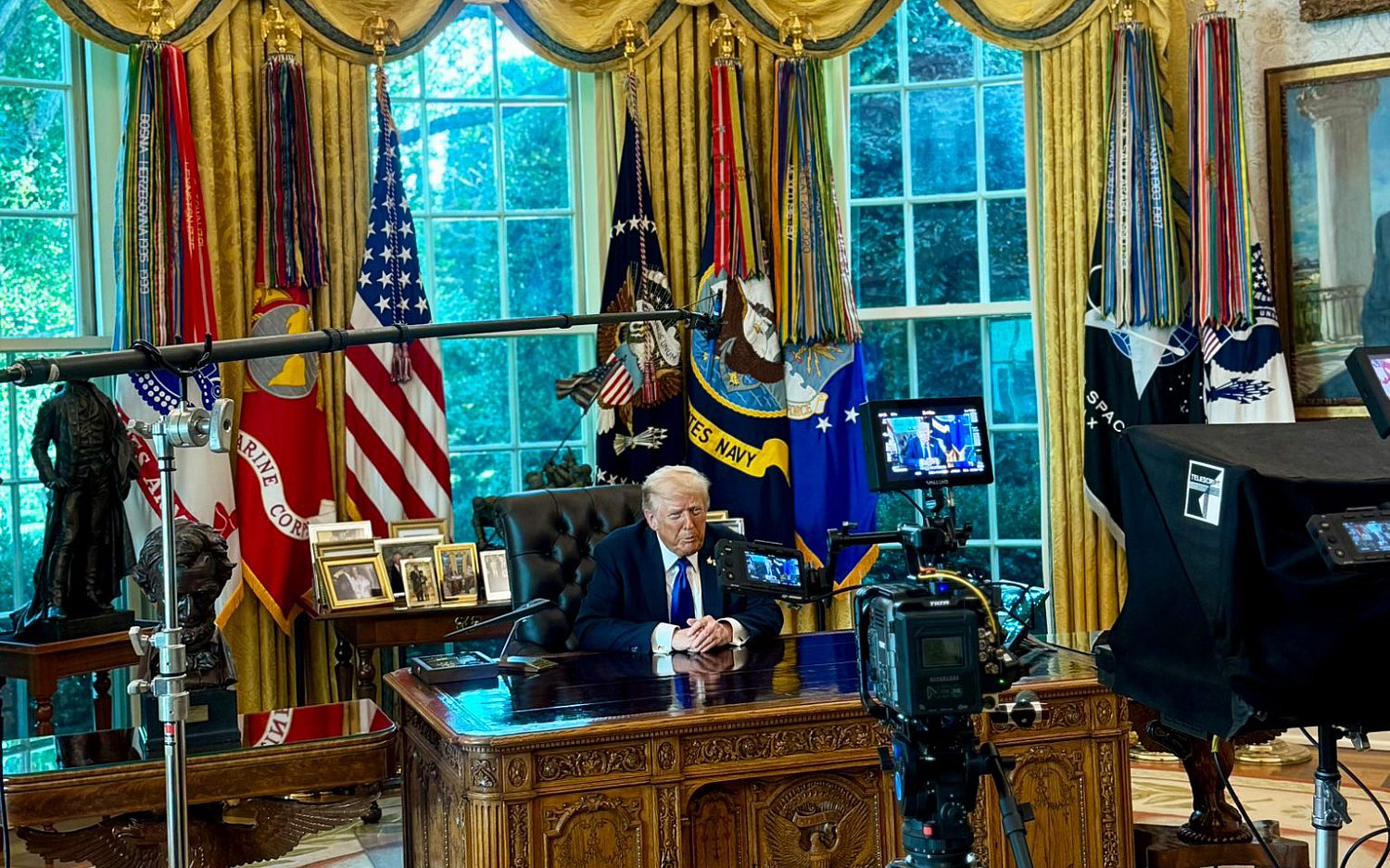States face obstacles in Planned Parenthood defunding fight
Several state governors are gunning for Planned Parenthood, vowing to revoke its government funding in light of an undercover investigation into its participation in the fetal tissue trade. With federal statutes and the White House on the abortion giant’s side, states face a serious challenge following through with their governors’ objectives.
The key to success may be a 25-year-old U.S. Supreme Court decision permitting states to set fiscal policies that favor childbirth over abortion.
States wanting to defund Planned Parenthood can learn from Indiana’s failed attempt. In 2011, Indiana Gov. Mitch Daniels signed legislation stripping 28 Planned Parenthood affiliates in his state of more than $2 million in taxpayer funding. A lower court declared the move unconstitutional. The 7th U.S. Circuit Court of Appeals agreed, and in 2013, the Supreme Court refused to hear the case, leaving in place the lower court ruling.
Mary Spaudling Balch, the National Right to Life Committee’s director of state legislation, said Indiana’s downfall started with targeting Planned Parenthood specifically. While states maintain authority over the distribution of their taxpayer monies, they must abide by laws governing the federal funds they disburse. Federal law allows states to define qualified Medicaid providers based on quality of services, not on the types of services the provider performs.
Instead of kicking Planned Parenthood out of the funding line, other states have had success sending the abortion giant to the back of the line—a Supreme Court-sanctioned strategy. In the 1991 case Rust v. Sullivan, the Supreme Court ruled the government “may make a value judgment favoring childbirth over abortion, and implement that judgment by the allocation of public funds.”
Kansas embraced this strategy, and so far it has met with modest success. The state’s 2012 budget redirected $330,000 in Title X money, earmarked for family planning and related preventative health services, away from Planned Parenthood to public health departments and hospitals that do not provide abortions, Balch said. Planned Parenthood responded with a lawsuit, but in 2014 the 10th U.S. Circuit Court of Appeals sided with Kansas, noting the U.S. Constitution’s Supremacy Clause does not require states to favor or remain neutral in their abortion-funding decisions.
Even though Planned Parenthood has not, to date, appealed the decision to the Supreme Court, it has let Obama administration allies “handle it administratively,” Balch said. The federal government slashed $370,000 in annual Title X funds designated for Kansas.
If Republicans take control of the White House and hold onto Congress in 2016, a new administration might reinstate Title X funding to Kansas. In that case, Planned Parenthood could appeal to the Supreme Court, or it might just write Kansas off.
In another successful defunding strategy, Texas rejected Medicaid funding altogether. In 2011, the Lone Star State cut $47 million from Planned Parenthood, part of the total $88.2 million taken from all Texas abortion providers. Since then, Texas has blocked all funding to organizations linked to abortion providers. The federal government countered by ending a $9-to-$1 federal match for the Medicaid Women’s Health Program in Texas. The state responded by creating the Texas Women’s Health Program, finding $40 million in its own budget to fund the new initiative.
In some cases, defunding might come down to the wording in the contract a state has with Planned Parenthood. On Aug. 14, Arkansas Gov. Asa Hutchinson ordered his state’s Department of Human Services to terminate its Medicaid contract with Planned Parenthood of Arkansas & Eastern Oklahoma, effective Sept. 13, the date by which Planned Parenthood may file an appeal.
In its 2015 legislative session, Arkansas cut state funds to Planned Parenthood while, in order to comply with federal regulations, exempting Medicaid payments from the new law. But Hutchinson’s order, if it stands, will end the Medicaid payments as well.
But Planned Parenthood won’t let its funding stream dry up without a fight. A lot of money is on the line. In 2014, Planned Parenthood reported receiving more than $528 million in government grants (41 percent of its total revenue). About 75 percent of that comes from “state and federal Medicaid dollars,” according to Politico.com. Because the federal government only allocated just over $286 million for all Title X programs, a good chunk of Planned Parenthood’s government funding must come from states.
The abortion giant has already filed suit in several states to block defunding efforts that are just now taking effect. The latest case involves Louisiana, where Gov. Bobby Jindal on Aug. 3 announced his state would cancel its Medicaid contract with Planned Parenthood, effective Sept. 2. The organization’s two centers in Louisiana pulled in $730,000 in state reimbursements during its last budget year. Without the state funds, at least one of the centers might close, a Planned Parenthood spokeswoman said.
In response to the lawsuit, filed Tuesday, Jindal spokesman Mike Reed said the state would “aggressively defend” its right to cut ties with Planned Parenthood, which Jindal has said “does not represent the values of the people of Louisiana.”
An actual newsletter worth subscribing to instead of just a collection of links. —Adam
Sign up to receive The Sift email newsletter each weekday morning for the latest headlines from WORLD’s breaking news team.




Please wait while we load the latest comments...
Comments
Please register, subscribe, or log in to comment on this article.